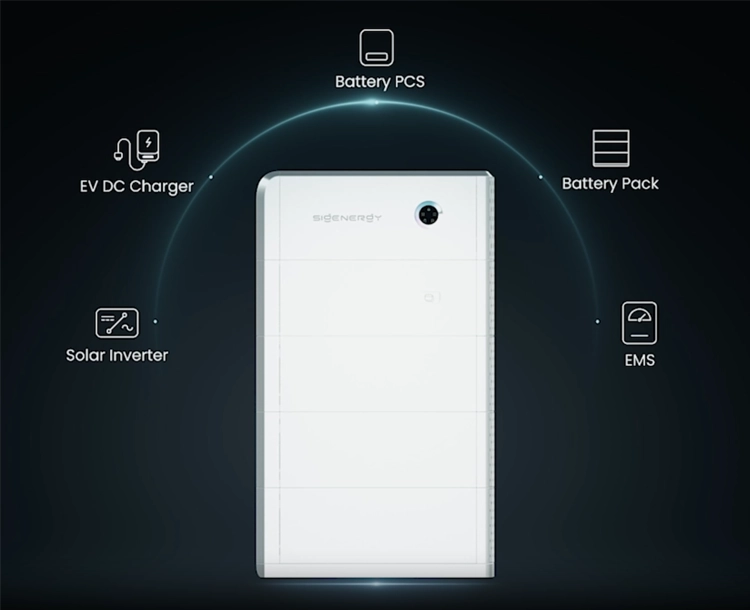Guide to NSW Government Solar Rebates 2024
- Logan Haggerston
- Updated on
There are currently no NSW Government Solar Rebates 2024 for residential consumers.
When it comes to solar rebates, initiatives from state governments and federal government solar rebate offers can be limited or change over time. The availability and eligibility for solar rebates will depend on your circumstances, the solar power technology you’re using or looking at installing, and what state you’re living in, as you need to apply directly to your respective government body for most rebates or schemes.
While there aren’t currently any NSW Government Solar Panel Rebates available, this will likely change in the near-future.
It’s important to stay up to date with the schemes and initiatives provided by the NSW State Government, so you know the perfect time to invest in solar panels. At HCB Solar we keep you up to date on the latest information, with tips on how to take full advantage of the savings.
Previous NSW Solar Panel Government Rebates
The Renewable Energy Target & Small-Scale Technology Certificates
The Renewable Energy Target’s (RET) is an Australian Government scheme designed to reduce emissions in the electricity sector by creating a financial incentive for implementing and using large-scale power stations and small-scale solar systems.
The part of the scheme homeowners will be interested in is the Small-Scale Renewable Energy Scheme, which homeowners can use to create certificates for every megawatt hour of power they generate – these certificates are then purchased by electricity retailers. These certificates, known as small-scale technology certificates (STCs), can be generated by the solar system owner or the system owner can assign the right to create them to an agent in return for a lower purchase price.
According to the Clean Energy Regulator, the STCS “are provided ‘up front’ for the systems’ expected power generation over a 15 year period or, from 2017, from the installation year until 2030 when the scheme ends.” This is calculated based on the size of your system and where you’re located: Australia is split into 4 zones with zone 1 receiving the most STC’s and zone 4 receiving the least – the majority of NSW sits in zone 3. Essentially, the bigger the system and the sunnier the location, the more STC’s you will receive.
What is the Eligibility Criteria for STCs?
The eligibility criteria for creating small-scale technology certificates are:
- Created within 12 months of installation of an eligible solar system
- Include an inverter and solar panels approved by the Clean Energy Council
- Use a Clean Energy Council accredited designer and installer to meet the CEC’s design and install guidelines
- Be classified as small-scale – max 100kW DC capacity and total annual electricity output that is less than 250MWh
- Adheres to local, state, and federal government legislation, including electrical safety
- Upholds Australian and New Zealand standards
If your solar power unit is larger than the capacity limits listed above, it will be classified as a power station and you will need to apply for the unit to be accredited as such under the Large-Scale Renewable Energy Target.
You can learn more about the Small-Scale Renewable Energy Scheme through the Australian Governments Clean Energy Regulator or contact your local solar installer for information.
Feed-in Tariffs
A Feed-in Tariff (FiT) is a payment you receive for electricity fed into the supply grid from your solar power system.
Solar power generated by you will be fed into the supply grid when your solar panel system produces more electricity than what you’re consuming – this excess is what’s exported to the grid. The payment is made to you by your electricity retailer in the form of a small deduction on your bill for each kilowatt-hour (kWh) of electricity exported.
Feed-in tariff rates can range from as little as 1c/kWh to 20c/kWh, so it’s best to shop around. When searching for an electricity retailer with a good feed-in tariff rate, you are best to look for a high FiT to potentially get bigger reductions on your energy bills.

Low-Income Household Offers
Solar power system prices – whether you’re installing a new system or upgrading an existing one – can make solar power seem unaffordable to many Australians, which is why the NSW government has made two low-income household offers for solar power available:
- The Solar for Low-Income Households initiative is available to Australians receiving the Low-Income Household Rebate and offers to help reduce their electricity bills by installing a free 3-kilowatt solar panel system.
- The Rebate Swap for Solar and Rebate Swap for Energy Upgrades is an offer for NSW residents currently receiving an energy rebate, which allows you to swap the rebate you’re receiving for a free solar system or some energy-efficient upgrades. The goal is to help NSW residents reduce their electricity bills and the rising cost of living pressures facing Australians.
You can read more about their NSW government household offers at NSW Energy Saver.
Key Takeaways
- No specific NSW Government Solar Rebates for residential consumers in 2024.
- Small-Scale Technology Certificates (STCs) provide financial incentives under the Renewable Energy Target.
- Feed-in tariffs offer payments for surplus solar power fed into the grid.
- Low-income household initiatives offer free solar panel systems to eligible recipients.
- Always check for the latest rebate programs and eligibility criteria.
Get in Touch With HCB Solar
Although the initial cost of installing solar PV panels or a solar battery system might be scary, it’s no secret that it comes with numerous advantages.
Want more guidance on solar installation and government rebates? Call us today at HCB Solar and learn how you can get solar panel rebates in New South Wales.


